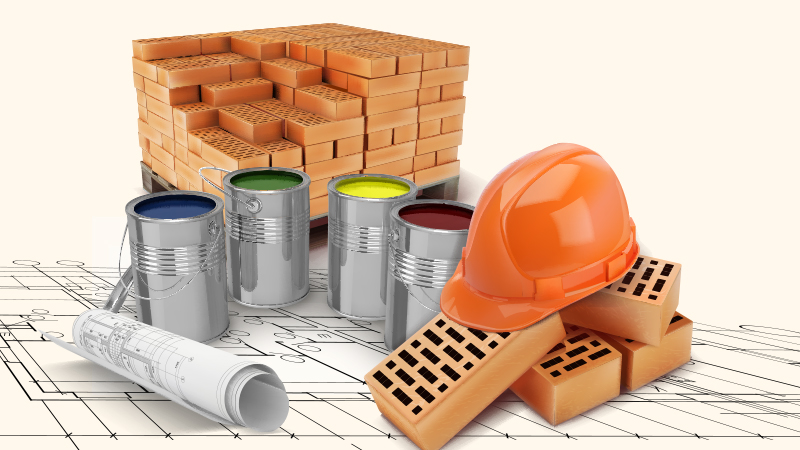
In the realm of construction and architecture, the question often arises: What is the most widely used building material today? The answer, quite simply, is concrete. This article aims to delve into the reasons behind concrete's popularity, its evolution over time, and its impact on modern architecture.
Concrete, a composite material composed primarily of water, aggregate, and cement, has been the backbone of construction for centuries. Its versatility, durability, and affordability have made it the go-to choice for architects and builders worldwide.
The use of concrete dates back to the Roman Empire, where it was used to construct iconic structures like the Pantheon and the Colosseum. However, the concrete used today has undergone significant evolution. Modern concrete, often reinforced with steel, is not only stronger but also more adaptable, capable of being molded into virtually any shape.
One of the primary reasons for concrete's widespread use is its unparalleled strength and durability. Concrete structures are known to withstand natural disasters like earthquakes and hurricanes better than most other materials. Moreover, concrete's resistance to fire and water further adds to its appeal as a building material.
Another factor contributing to concrete's popularity is its cost-effectiveness. Compared to other building materials like steel or wood, concrete is relatively inexpensive. It is readily available and requires less skilled labor for construction, making it a cost-effective choice for large-scale projects.
Concrete's adaptability is another noteworthy feature. It can be poured into molds of any shape or size, allowing architects to experiment with innovative and complex designs. This flexibility has given rise to some of the most iconic structures of the 21st century, such as the Burj Khalifa in Dubai and the Sydney Opera House.
Despite its many advantages, the use of concrete is not without its environmental implications. The cement industry is one of the major contributors to CO2 emissions, a leading cause of global warming. However, the industry is making strides towards sustainability, with the development of 'green' concrete that uses recycled materials and produces less CO2.
In conclusion, concrete, with its strength, durability, cost-effectiveness, and adaptability, reigns as the most widely used building material today. Its role in shaping modern architecture is undeniable. However, as we move towards a more sustainable future, the construction industry must continue to innovate and find ways to reduce the environmental impact of concrete production.


